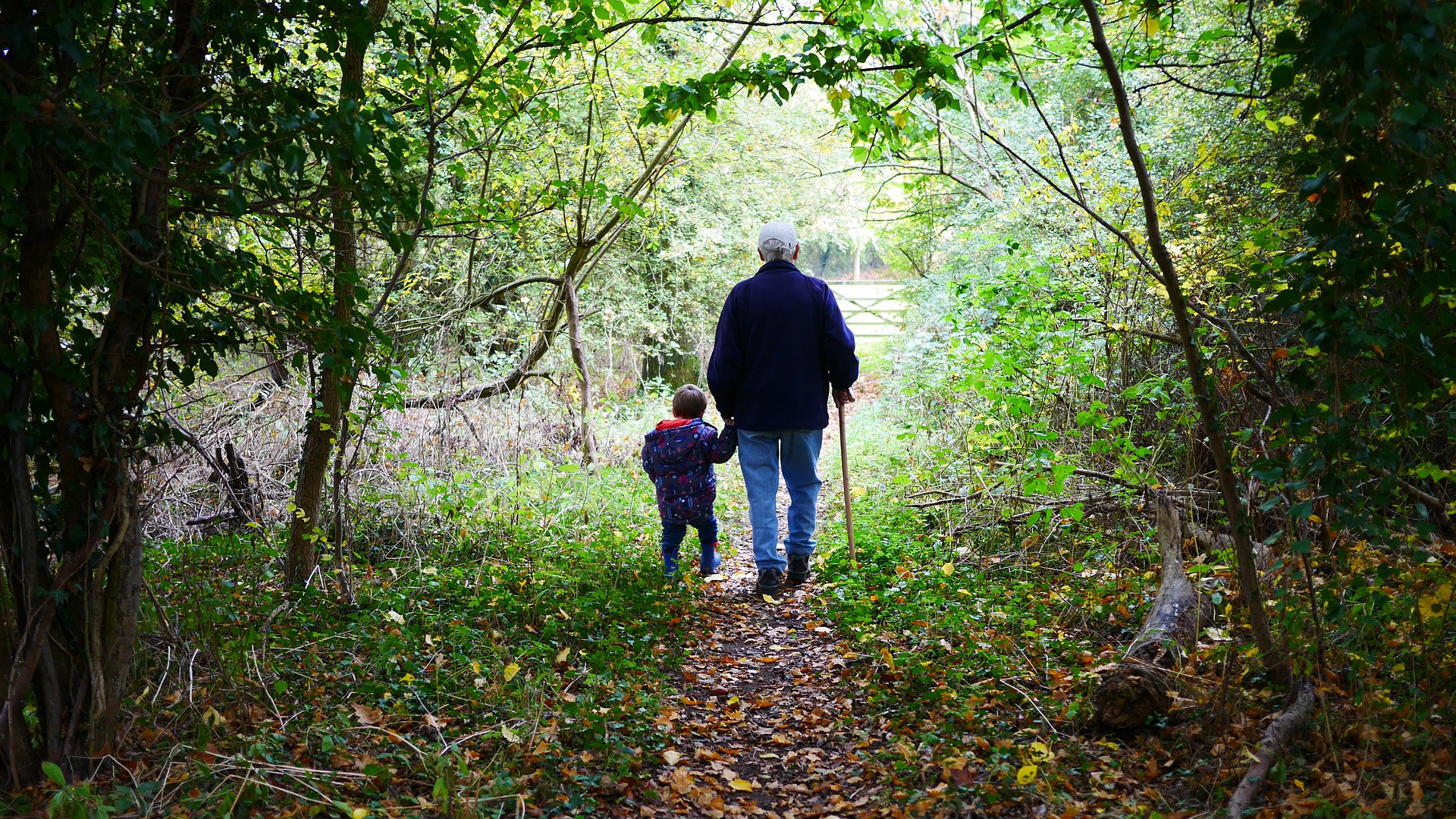As you continue searching for the right assisted living facility for your aging parent or family member, one concern that may weigh heavily on your mind is their physical well-being. Sedentary lifestyles can lead to a myriad of adverse health outcomes for seniors, and it’s an issue often overlooked. The risks are not just physical, extending to emotional and cognitive health as well. Today, we will discuss the dangers associated with inactivity in seniors and offer practical tips for keeping your loved ones active and engaged.

The Dangers of a Senior’s Sedentary Lifestyle
As mentioned, the hazards of a sedentary lifestyle are particularly acute for seniors. One of the most immediate concerns is the impact on the skeletal system. Prolonged inactivity can lead to an unnatural curvature of the spine and demineralization of bones, increasing the risk of osteoporosis. Over time, this makes seniors more susceptible to fractures, which can be life-altering at an advanced age.
But the risks extend beyond the bones. Inactivity can also lead to poor oxygenation of tissues and cells. When the lungs can’t fully inflate and deflate, it affects muscle function, as well as cognitive abilities, through ‘brain fog.’ Brain fog results from a lack of adequate oxygenation to the brain, which can impair memory and focus in seniors as they age.
Muscle weakness is another significant issue, as muscles need to be used daily to stay strong and healthy. An extended lack of physical activity can lead to atrophy, elevating the risk of sprains and strains, particularly when a senior suddenly becomes active after a long period of inactivity. Inactivity often leads to increases in weight, and while weight gain by itself can cause issues, other associated conditions, like diabetes and insulin resistance, are more threatening for seniors. Elevated cholesterol and triglyceride levels are other potential outcomes, increasing the risk of cardiovascular issues.
Lastly, we can’t overlook the emotional toll. Inactivity often leads to social isolation and can be a significant contributing factor to depression. The lack of social engagement and physical activity creates a vicious cycle that further deteriorates emotional well-being.
How Seniors Can Stay Active
While the risks of a sedentary lifestyle are significant, the good news is that there are numerous ways to keep seniors active and engaged. One of the most effective approaches is through active leisure activities. Assisted living facilities often offer options to engage all residents, from arts and crafts sessions to music therapy and dance classes. Far from just getting seniors active during their daily routine, these activities stimulate the mind and promote social engagement with the community. Personalized programs try to ensure that all residents, regardless of their condition, have the opportunity to engage in activities that are both safe and beneficial for them.
However, one of the most effective ways to get seniors active is through encouraging them to make small, simple changes to their daily routines. Some residents don’t enjoy joining in on large community events, but that doesn’t mean they don’t have options for exercise. Encouraging your loved one to take regular walks around the facility or neighborhood can improve both physical and mental health. Even short, frequent walks can add up and contribute to a more active lifestyle. Consider joining your loved one at the facility for daily excursions outside. Your encouragement and participation can make a world of difference in your loved one’s activity levels.
A Banyan Residence is an active assisted living and memory care center located in Venice, Florida.
